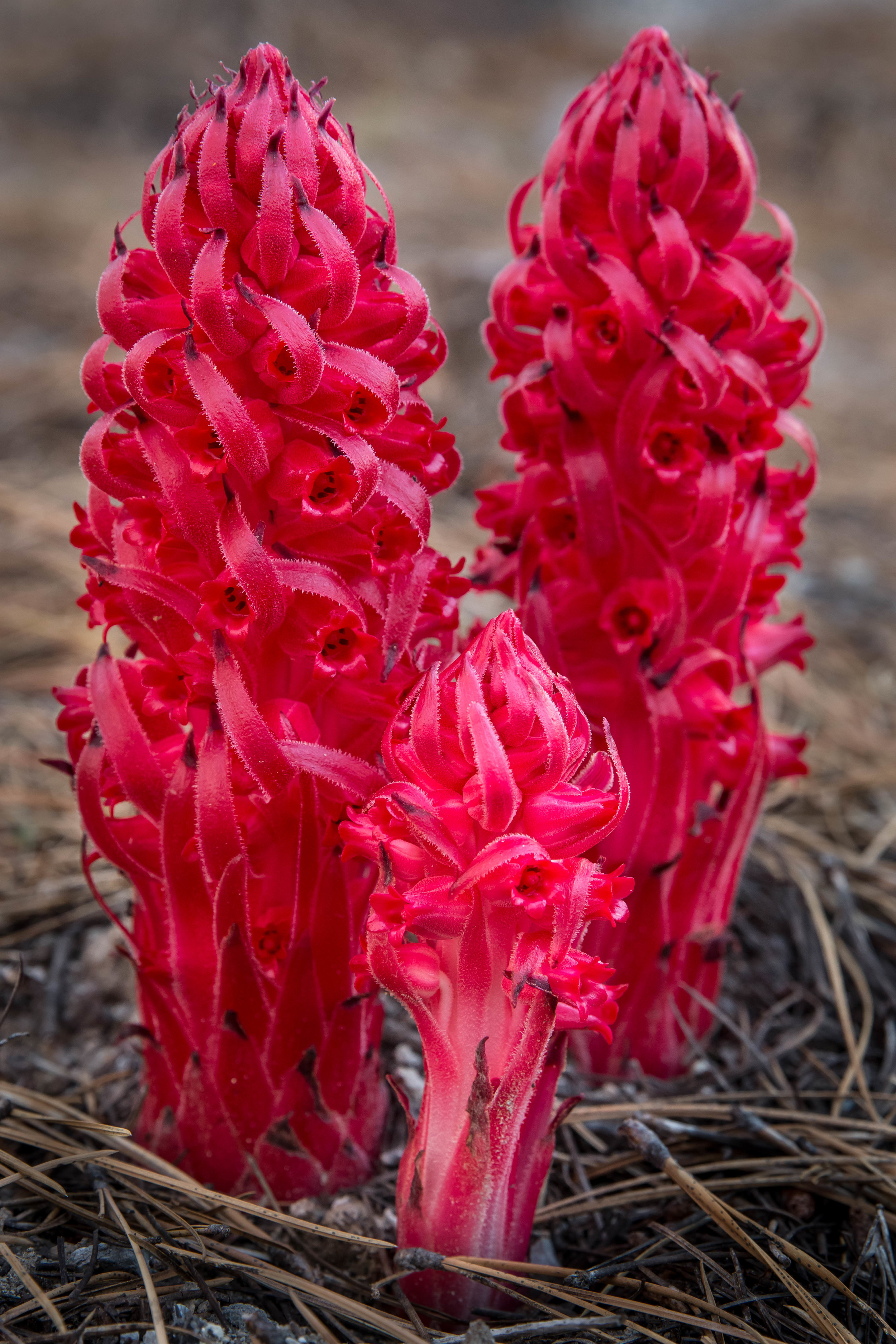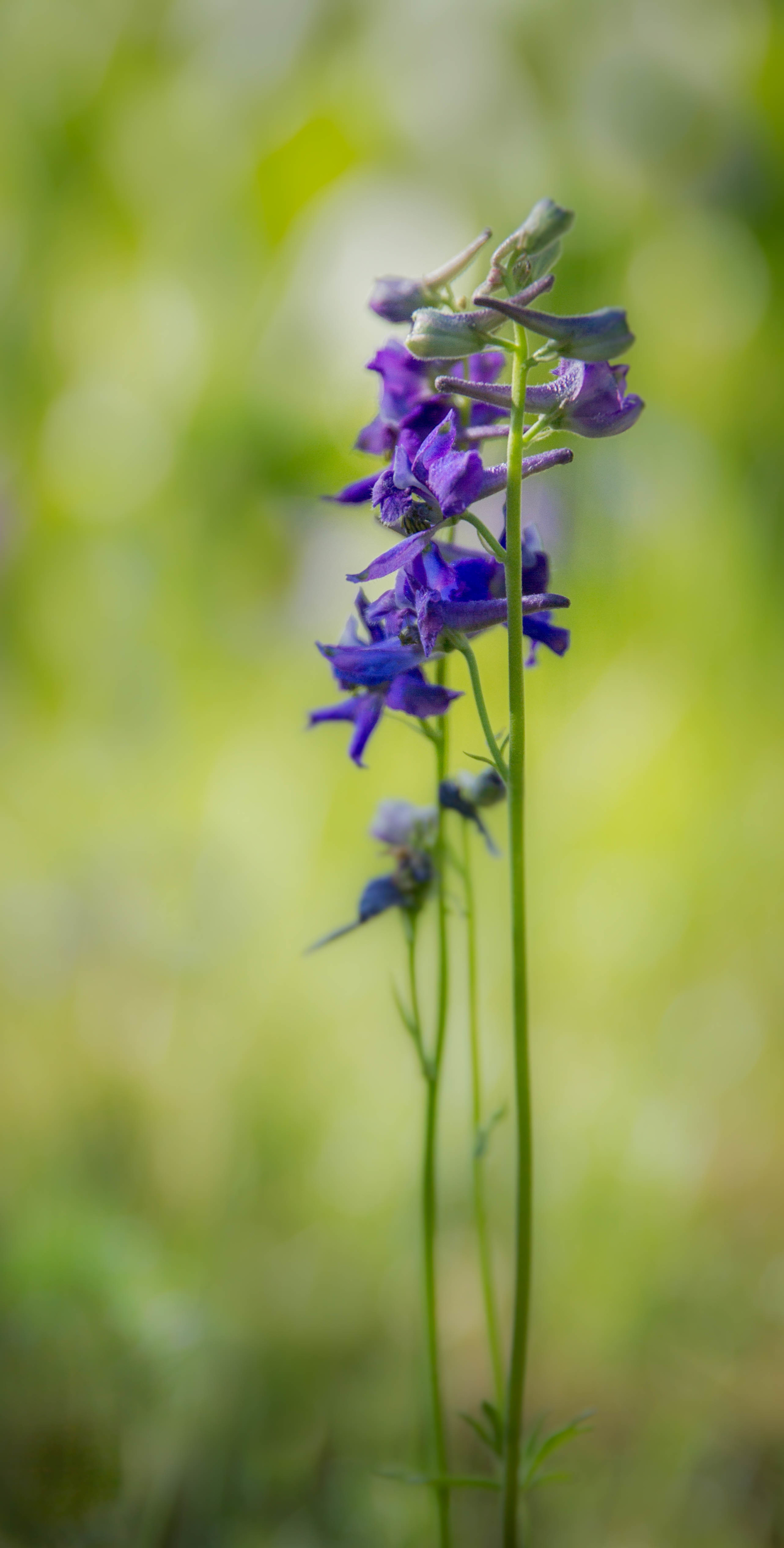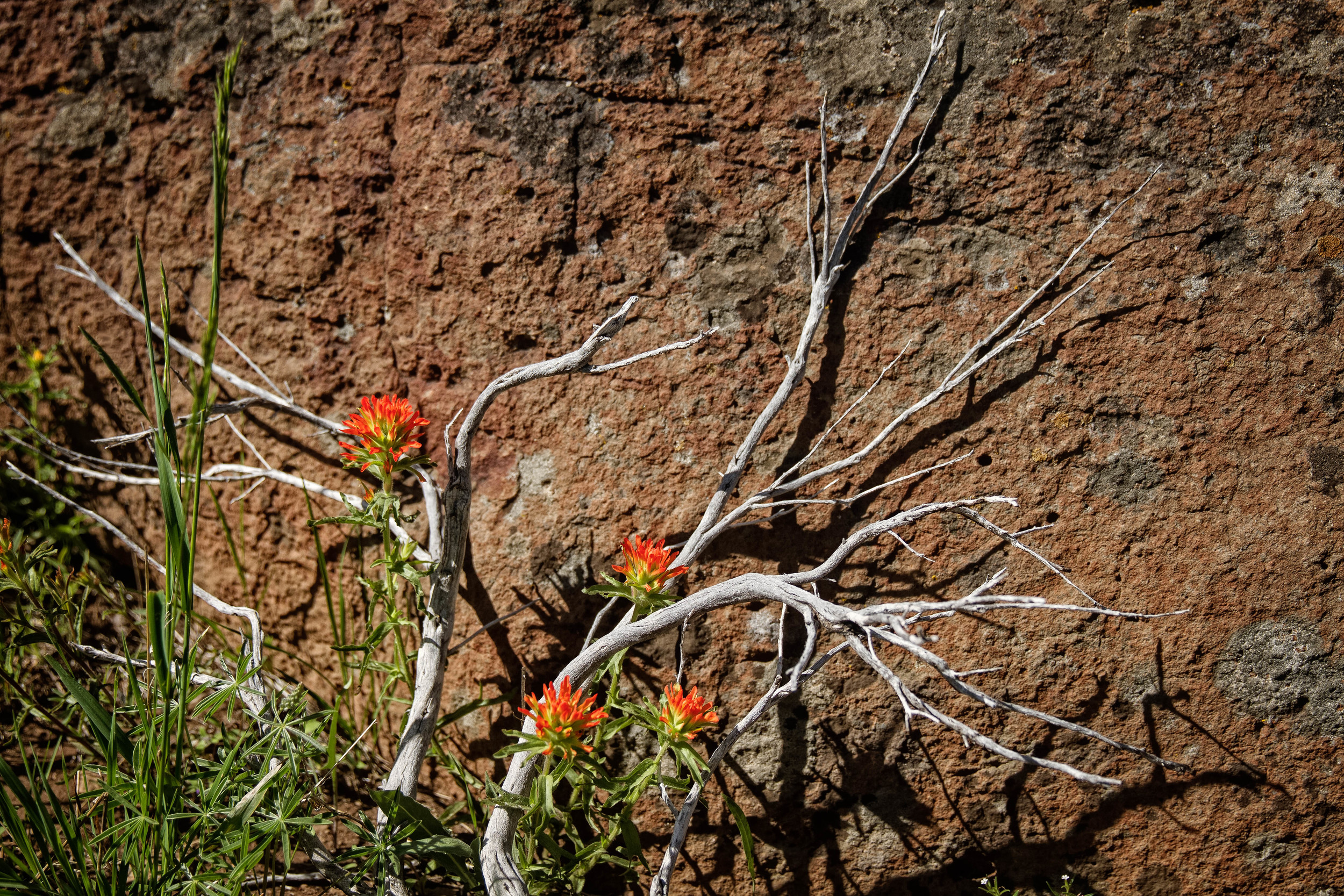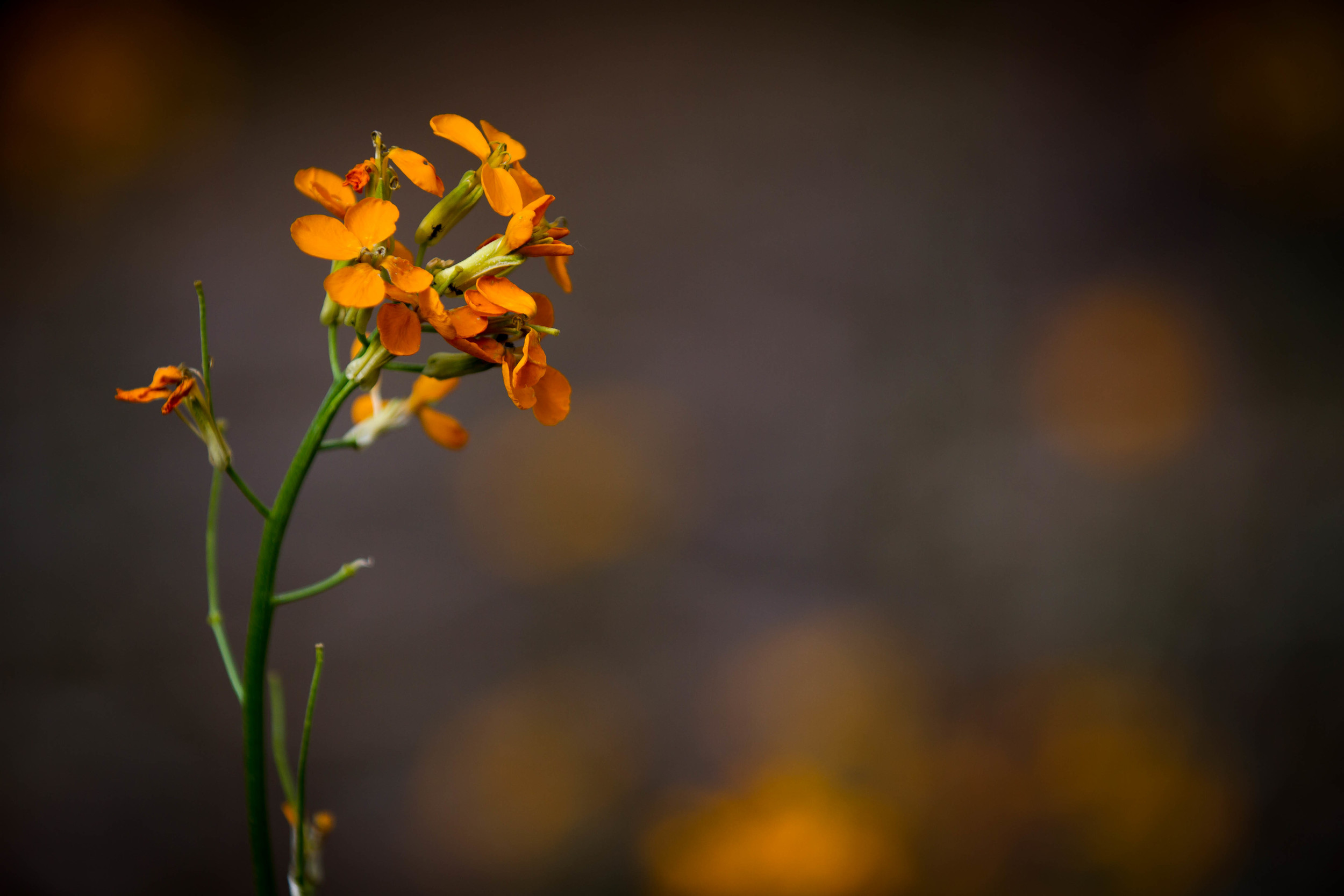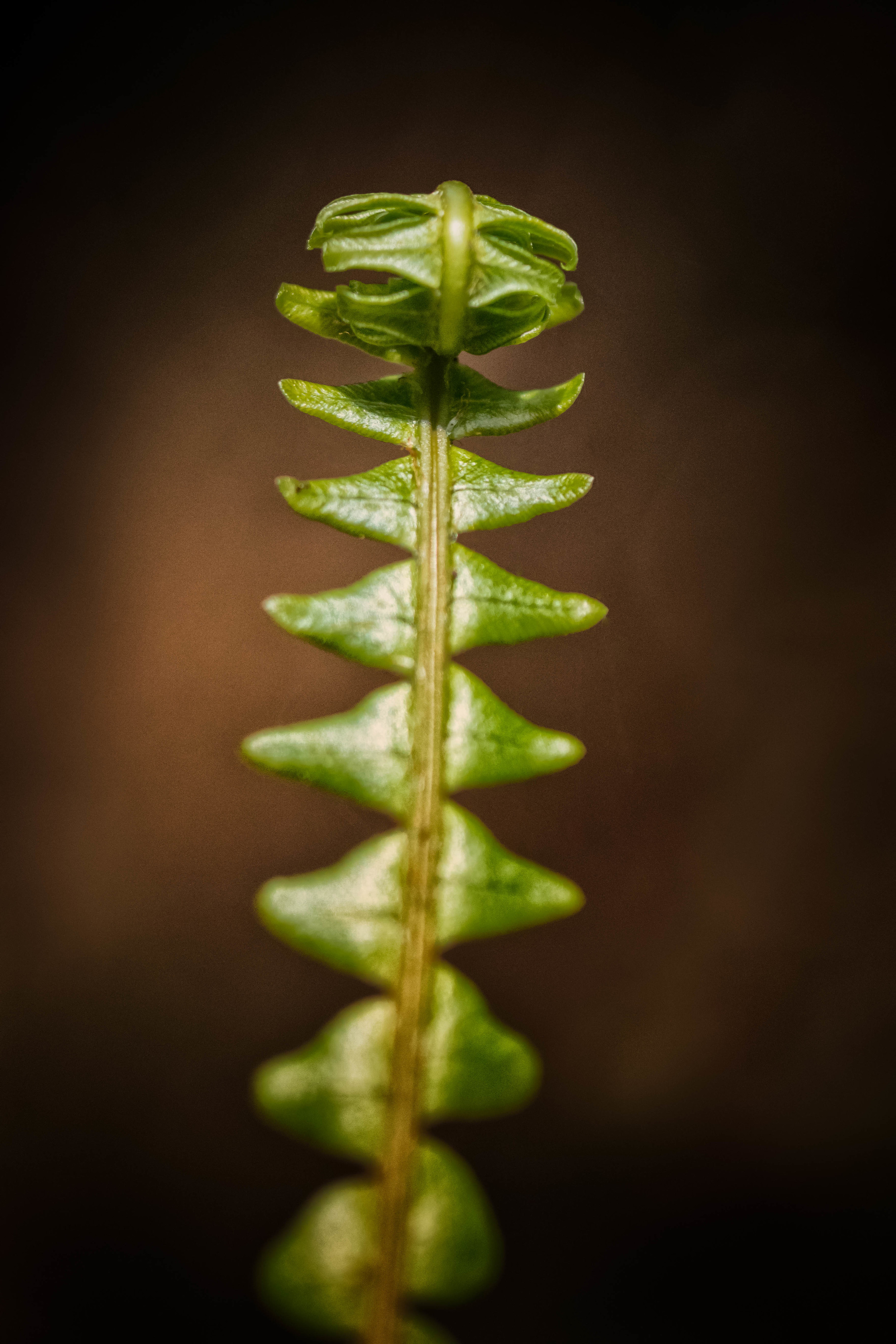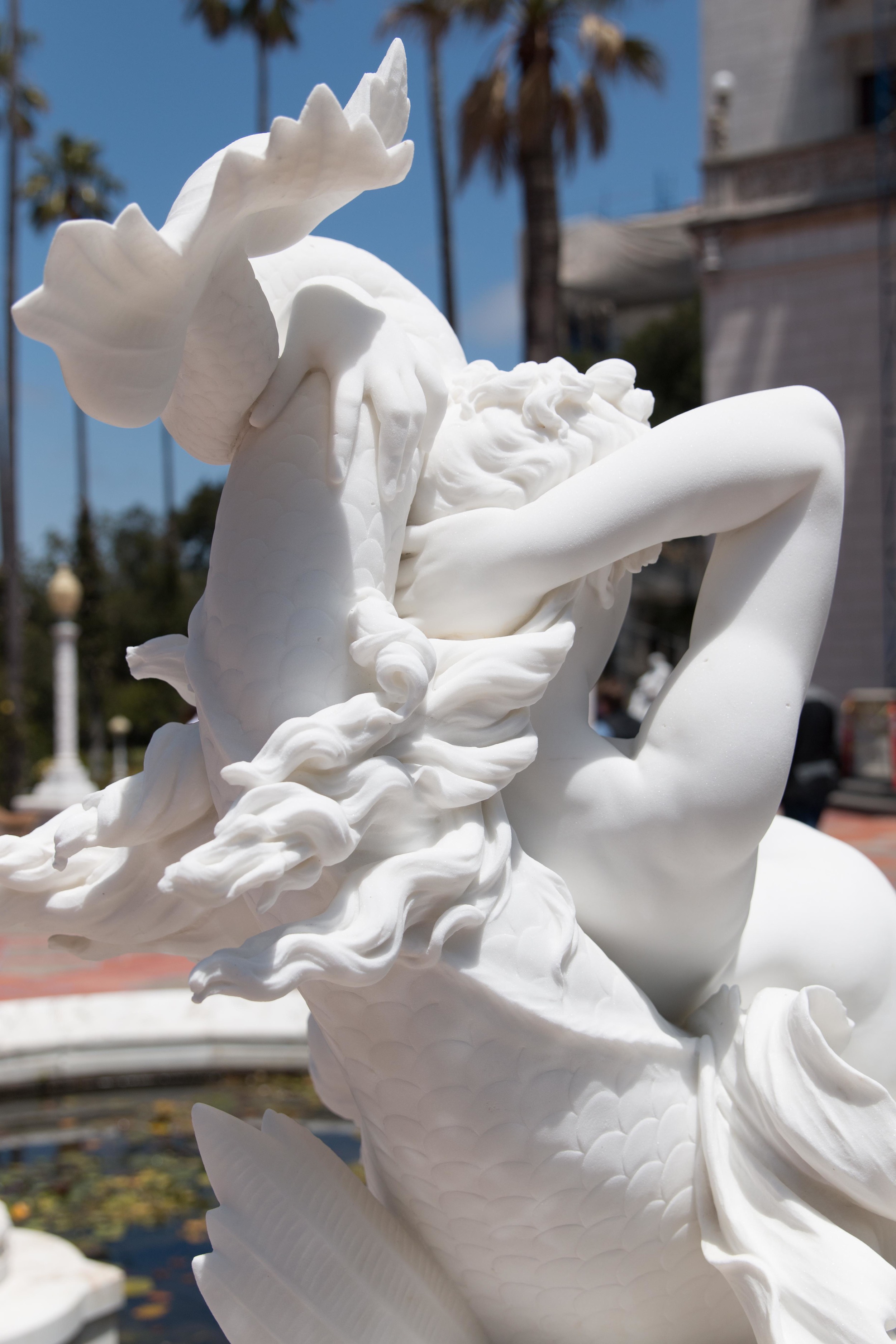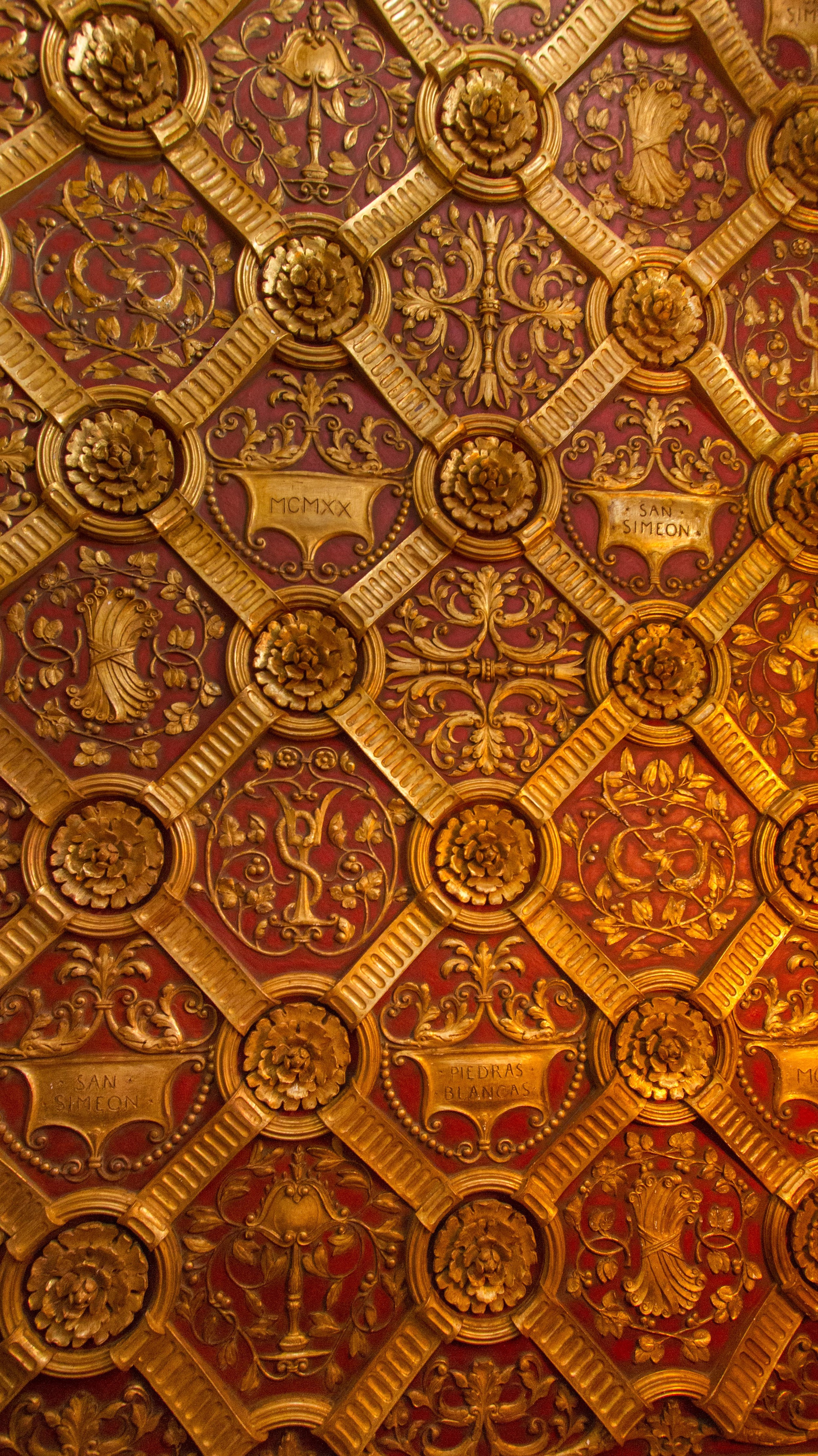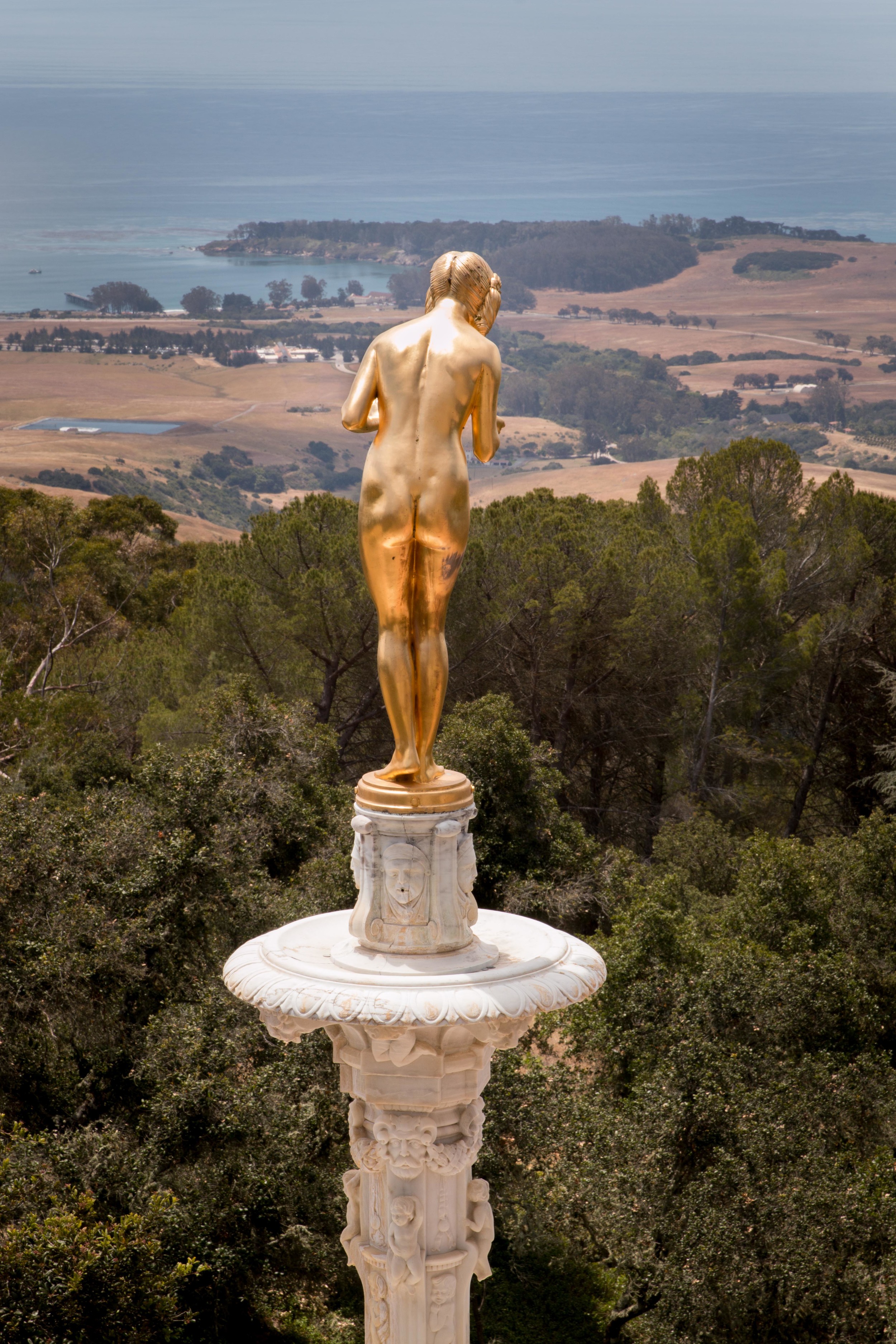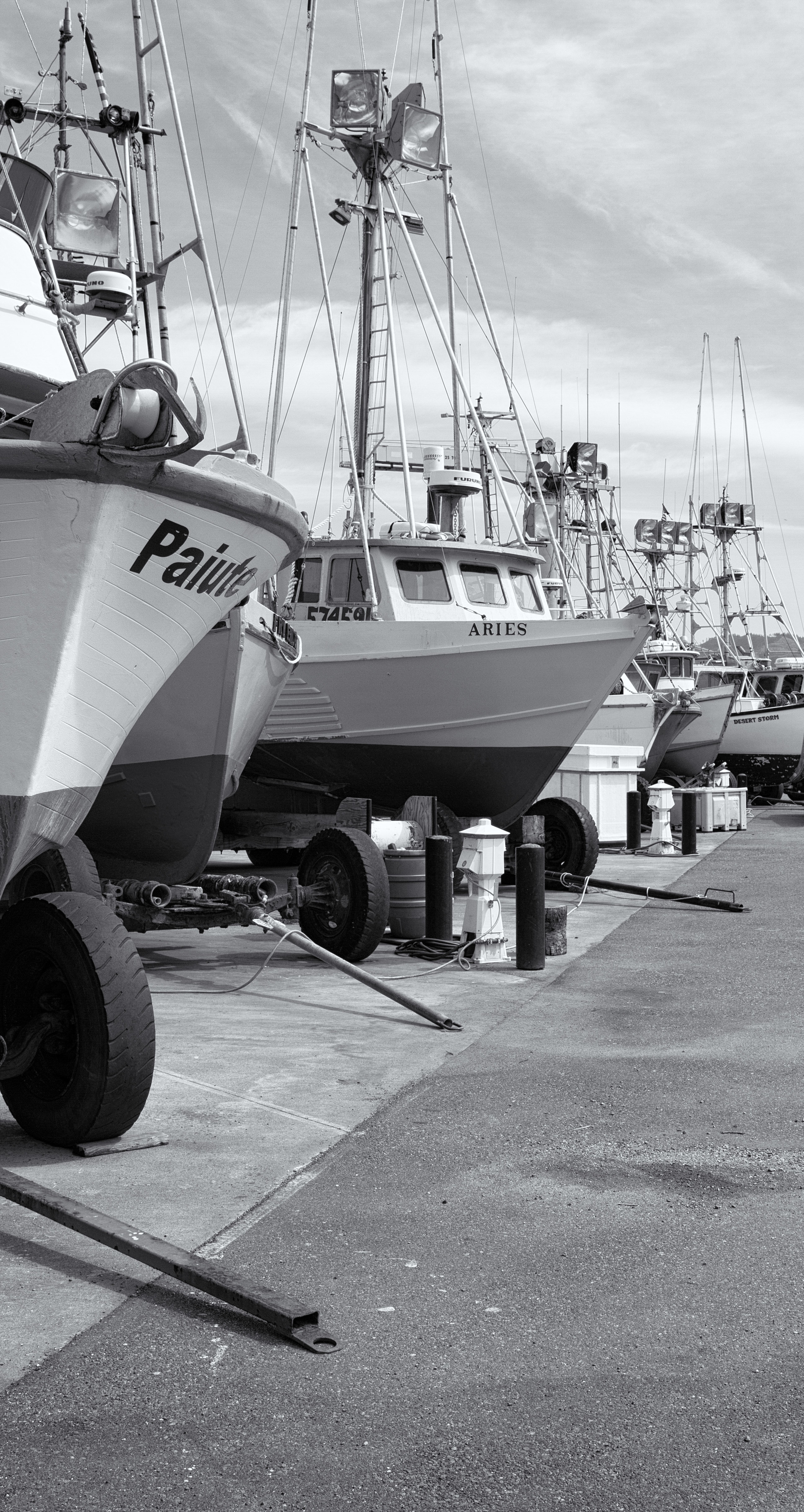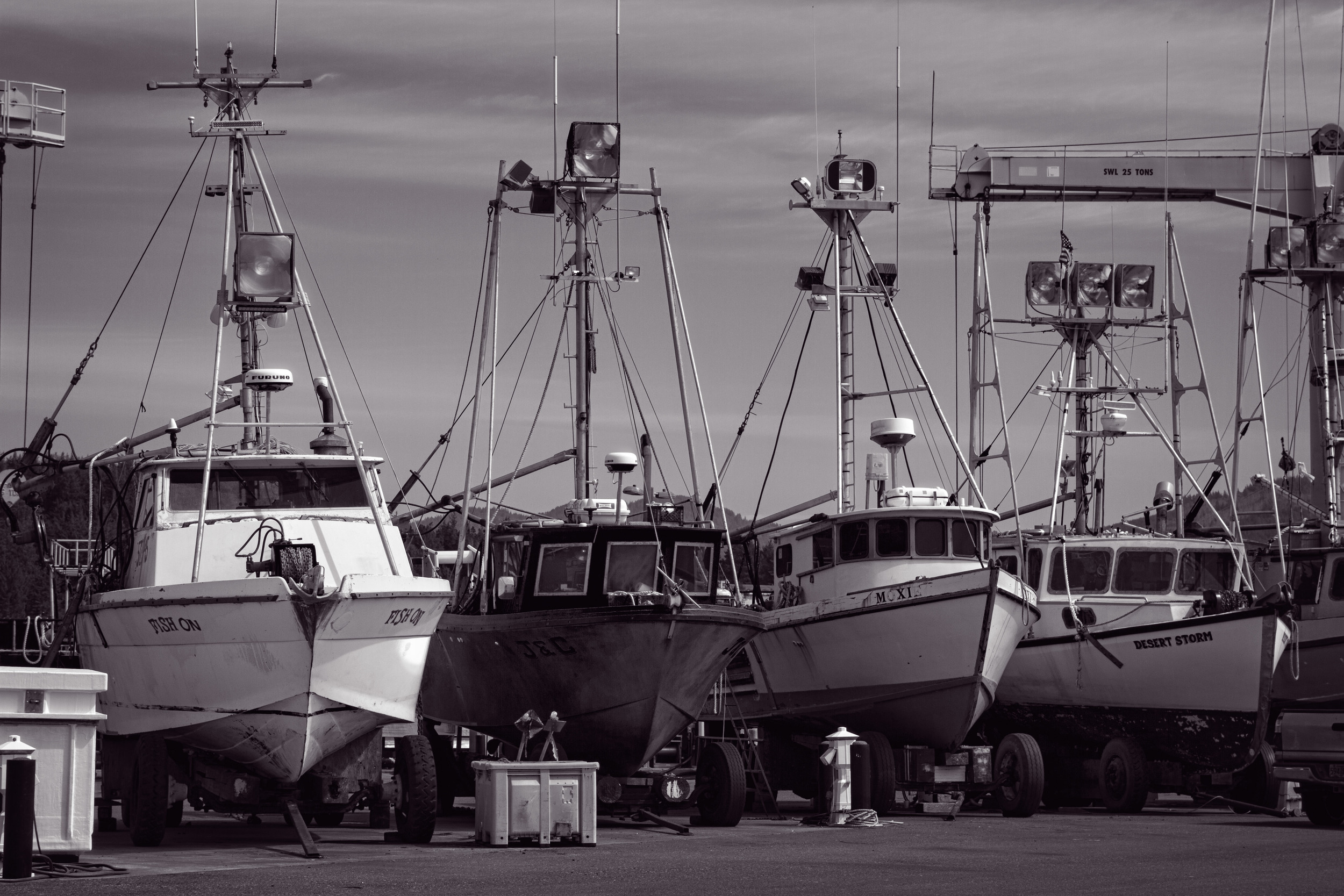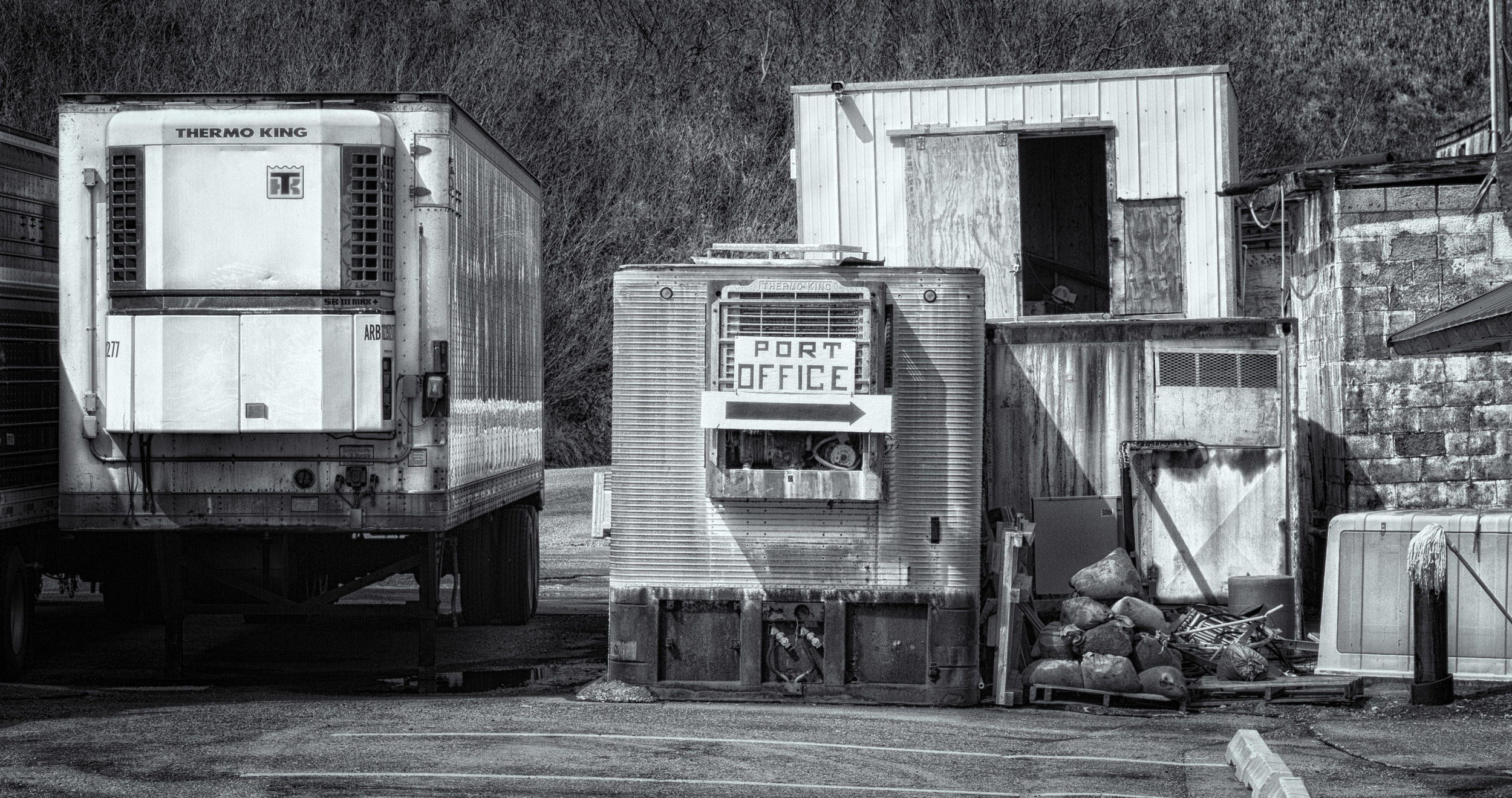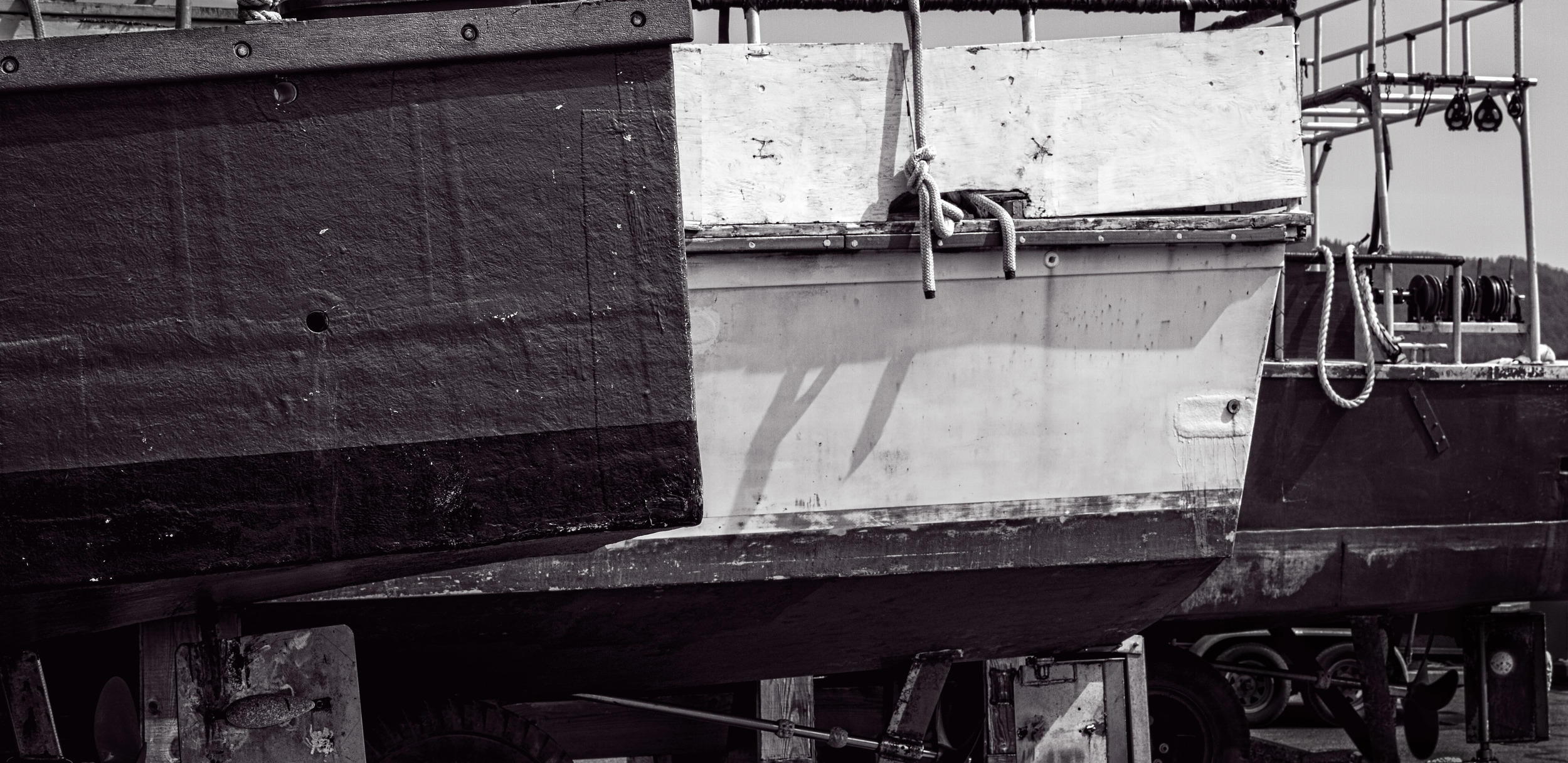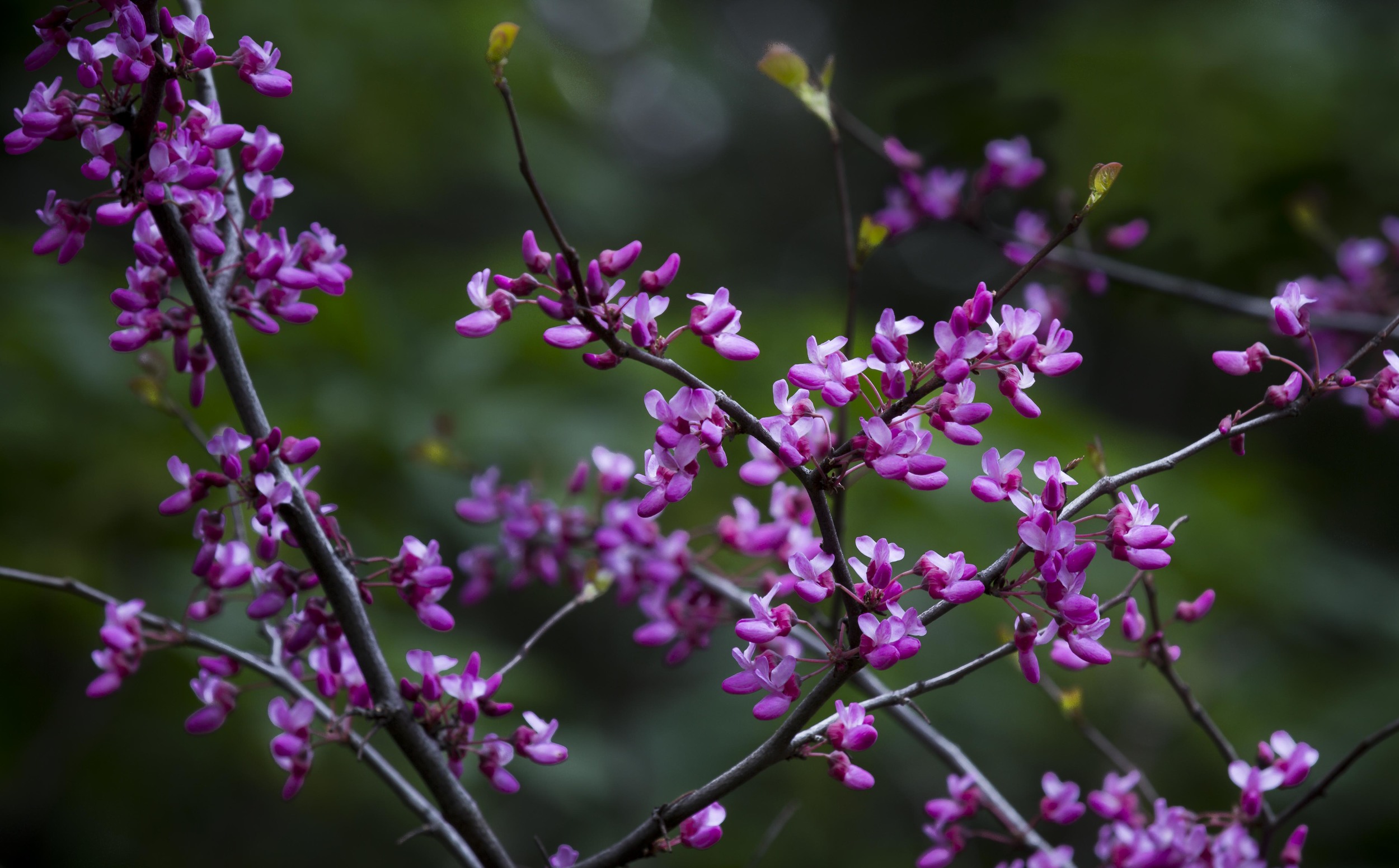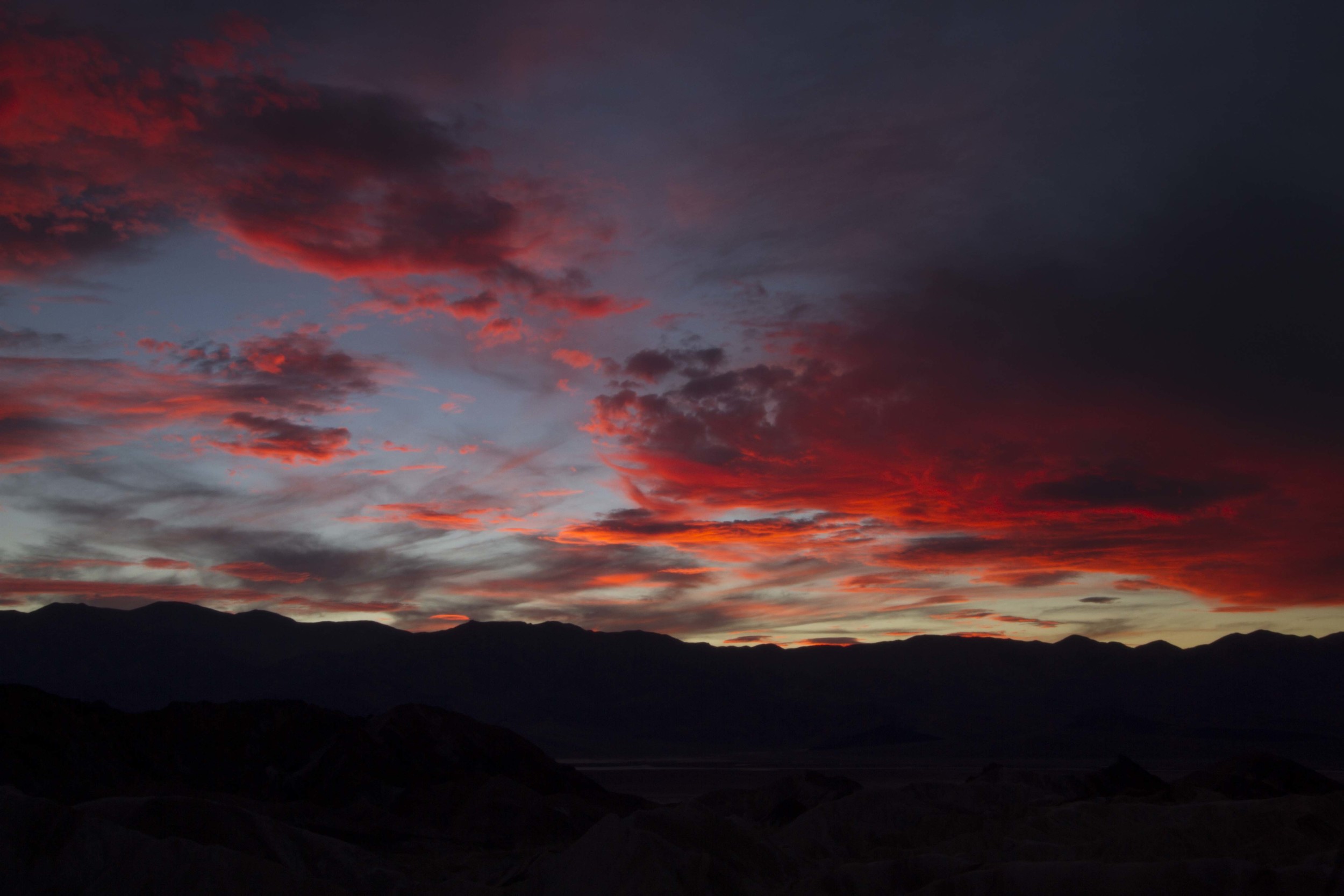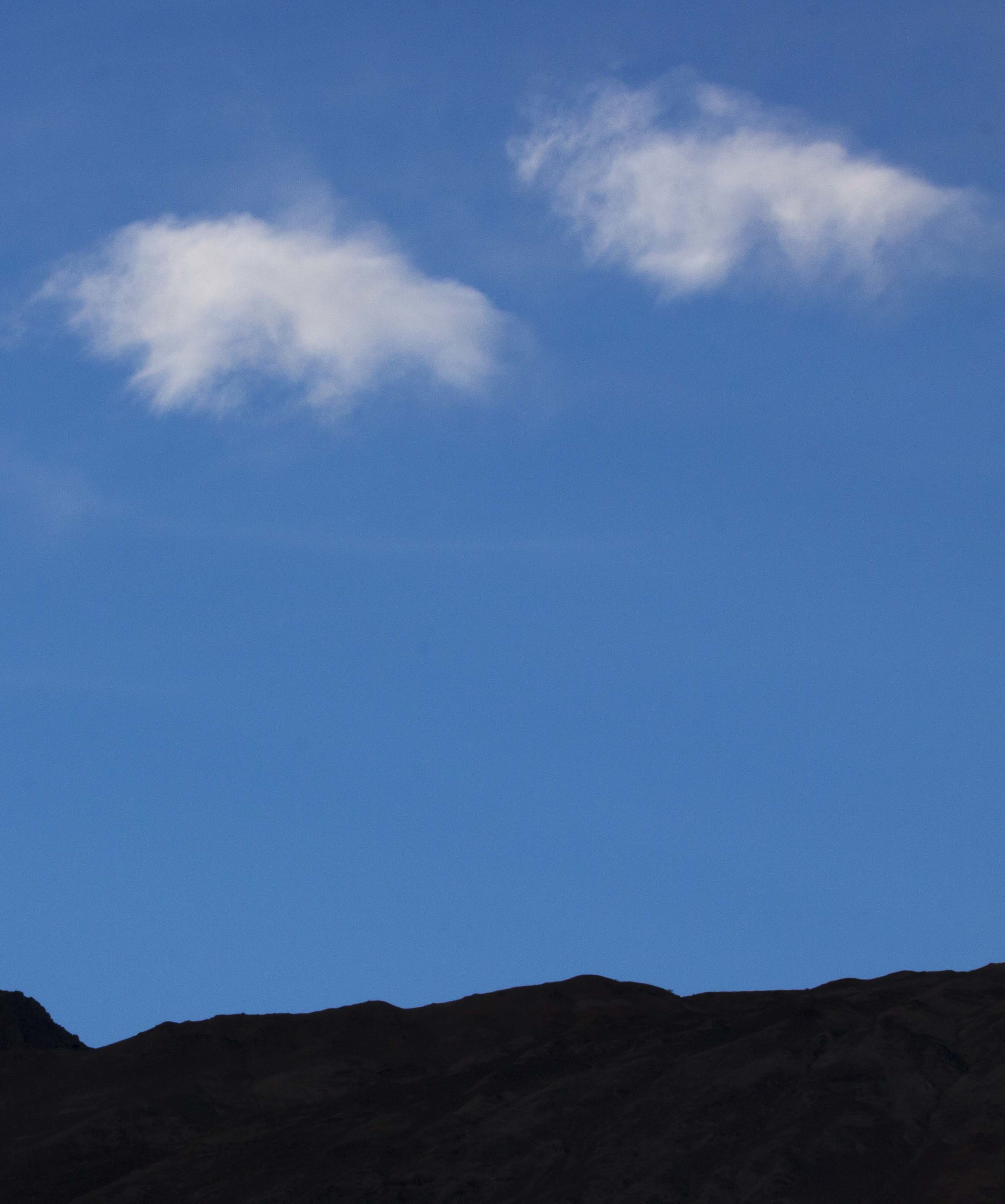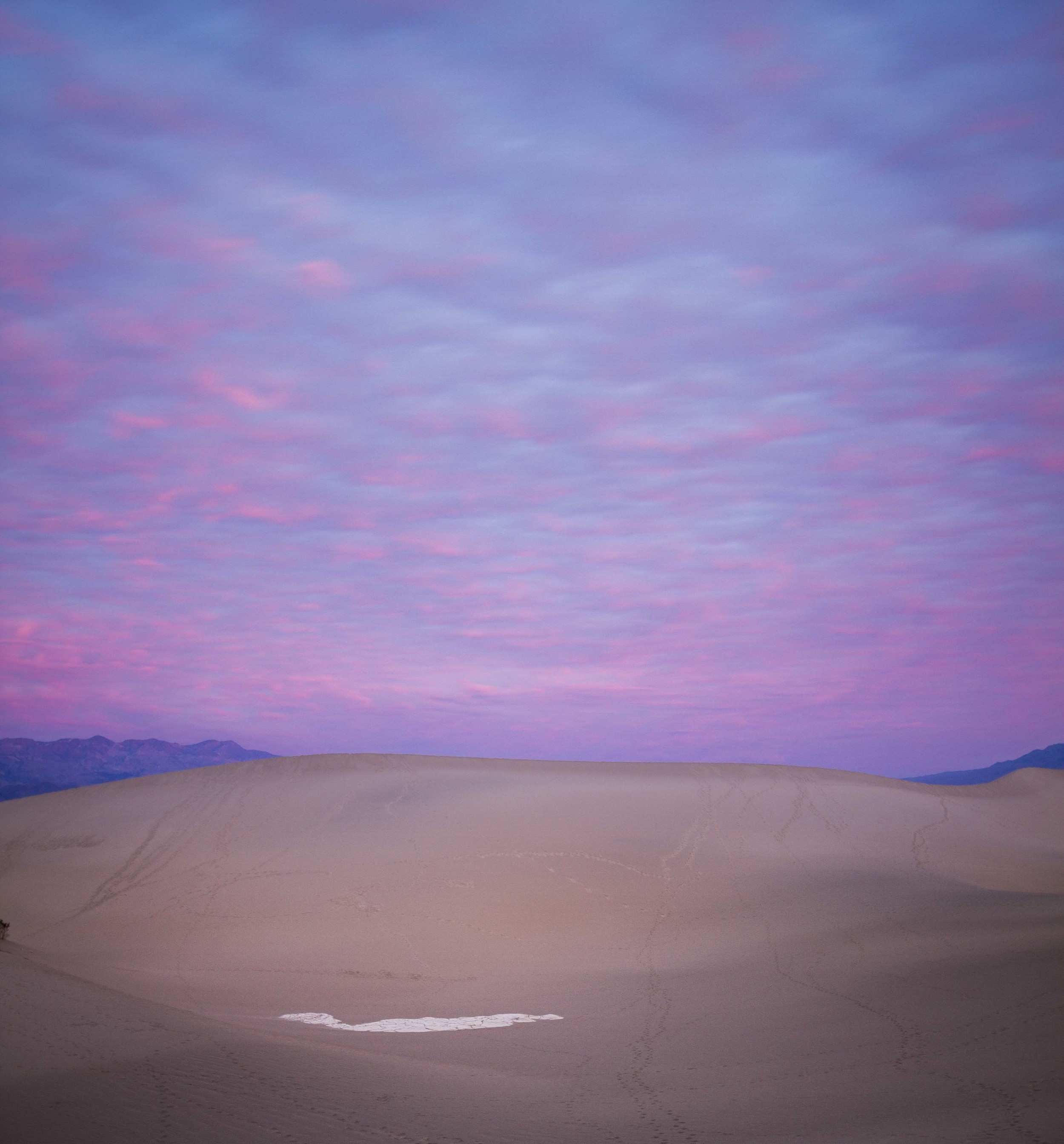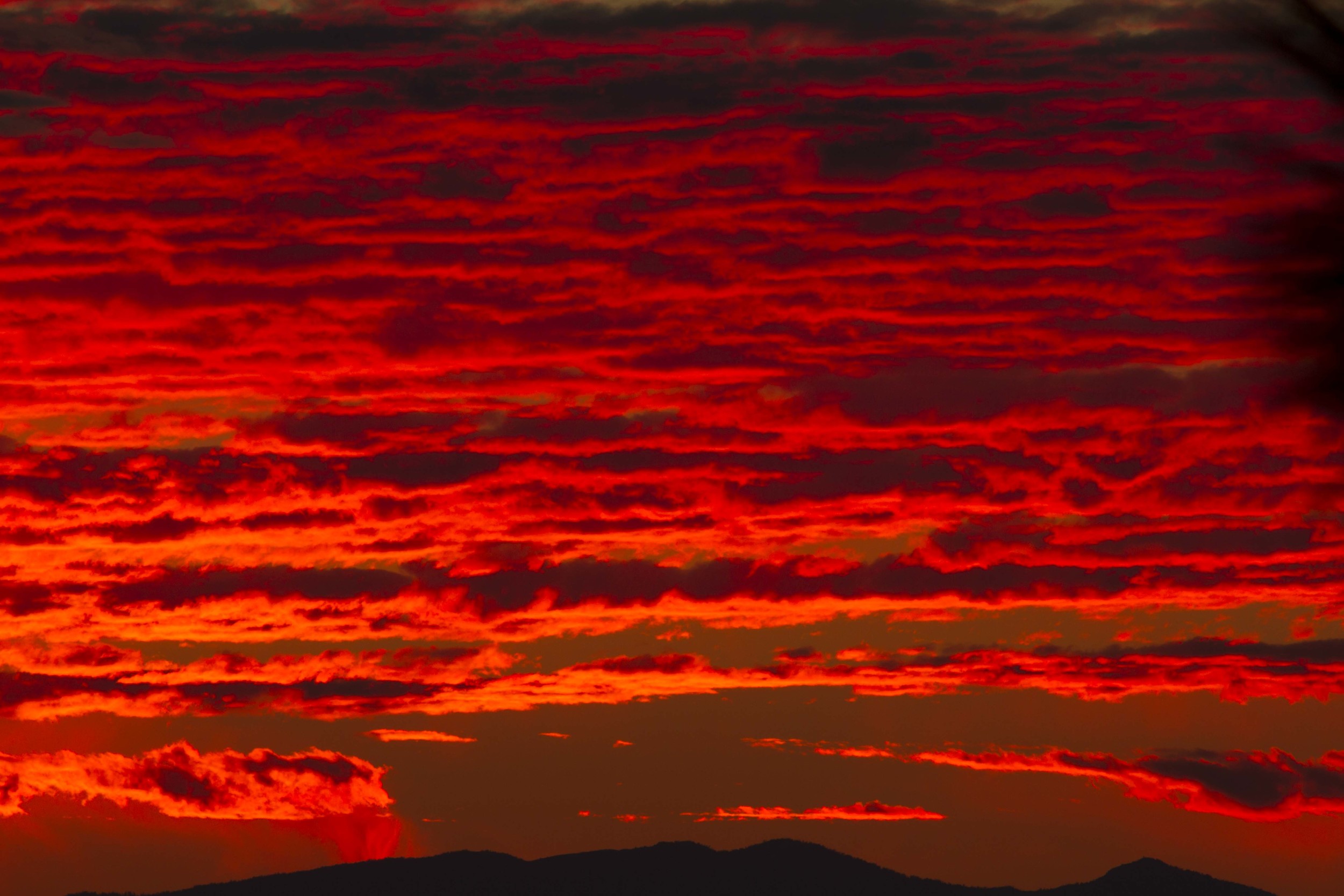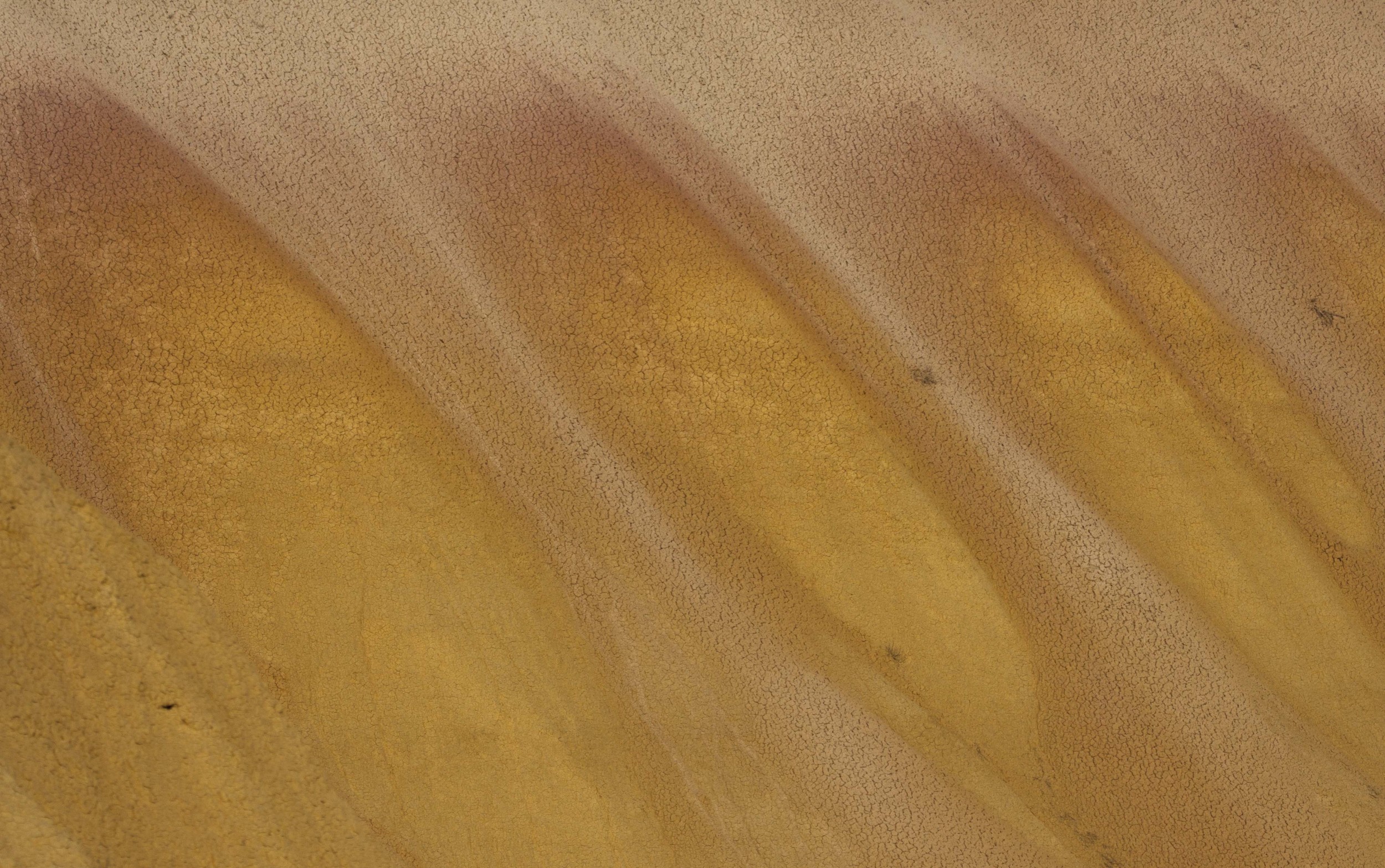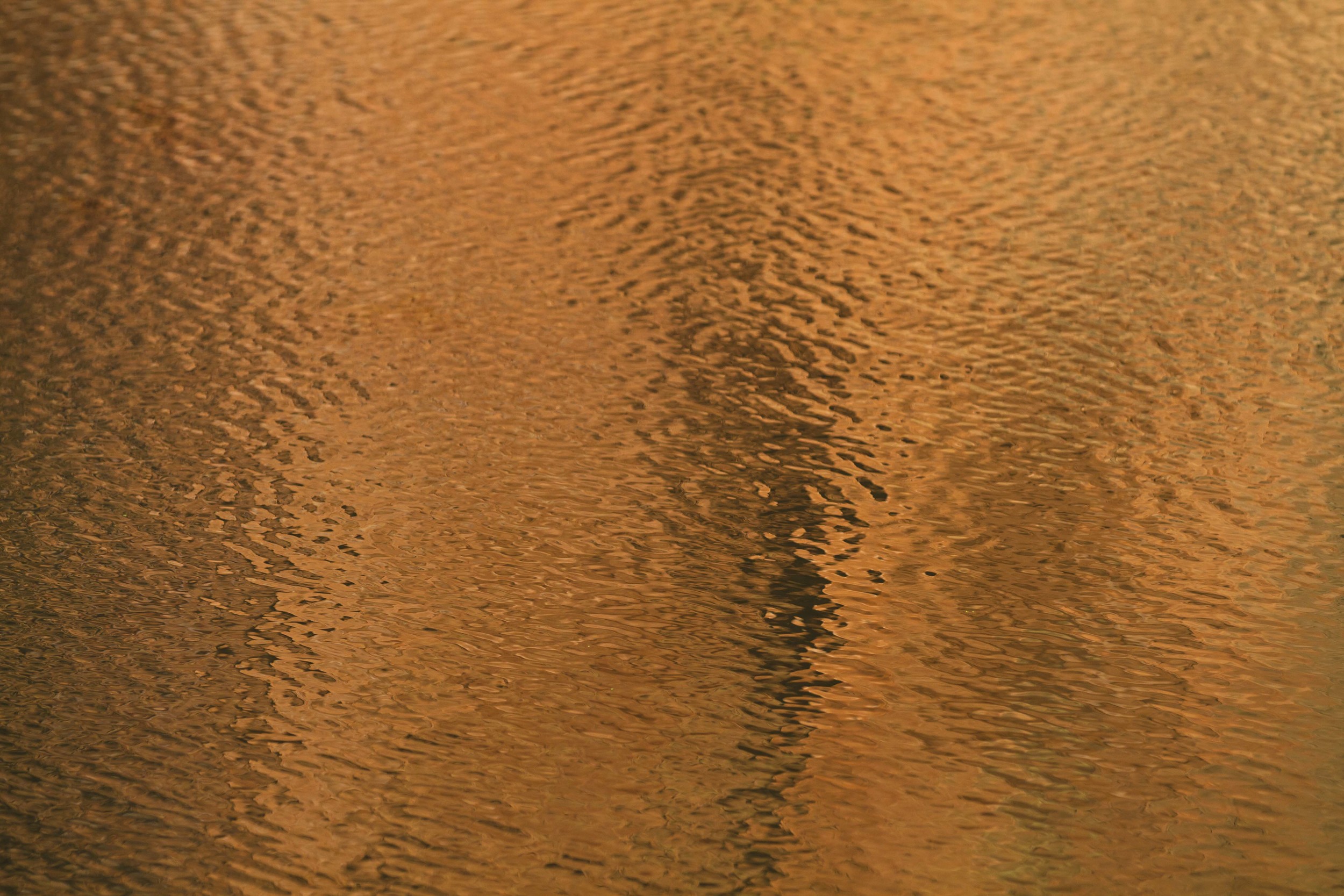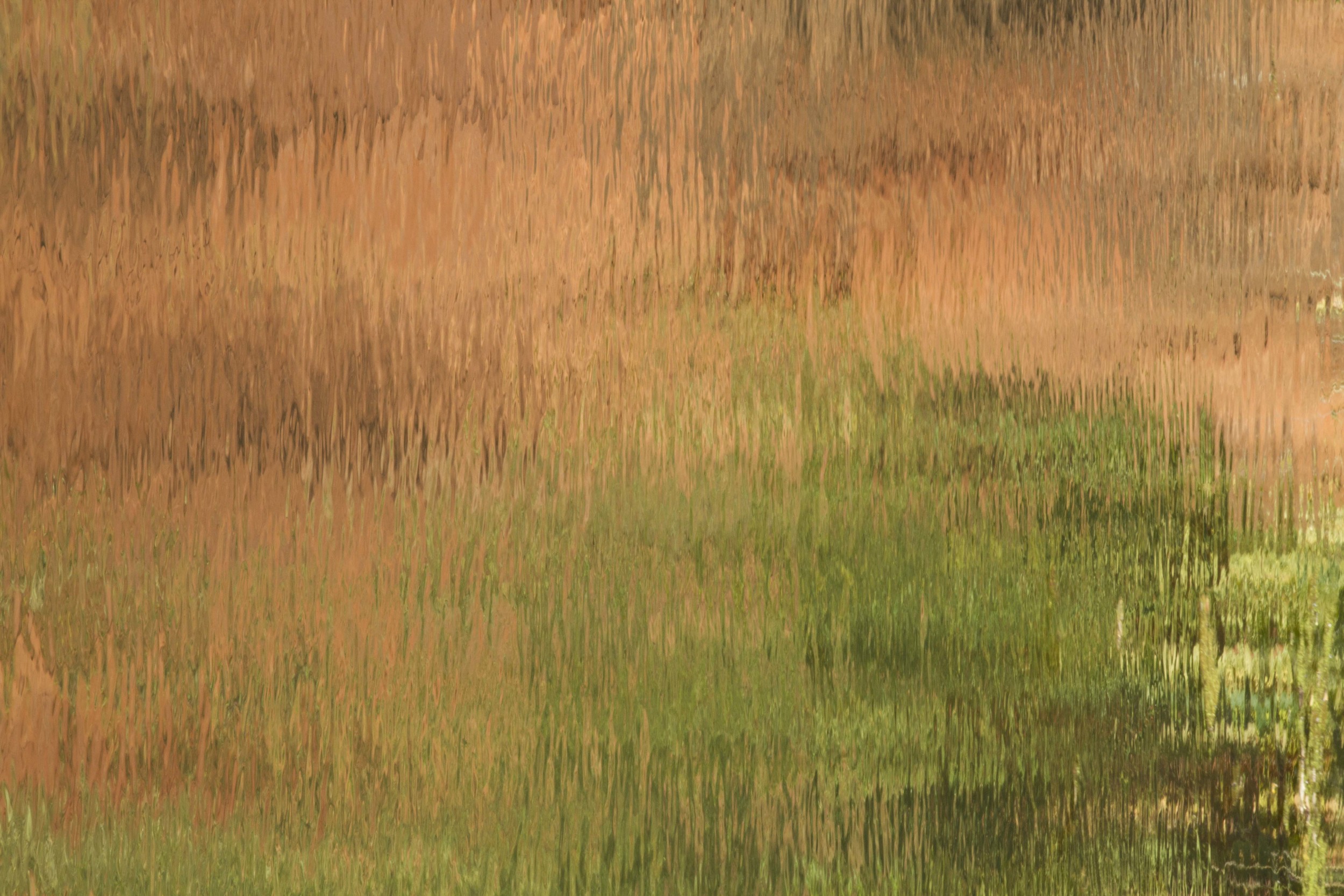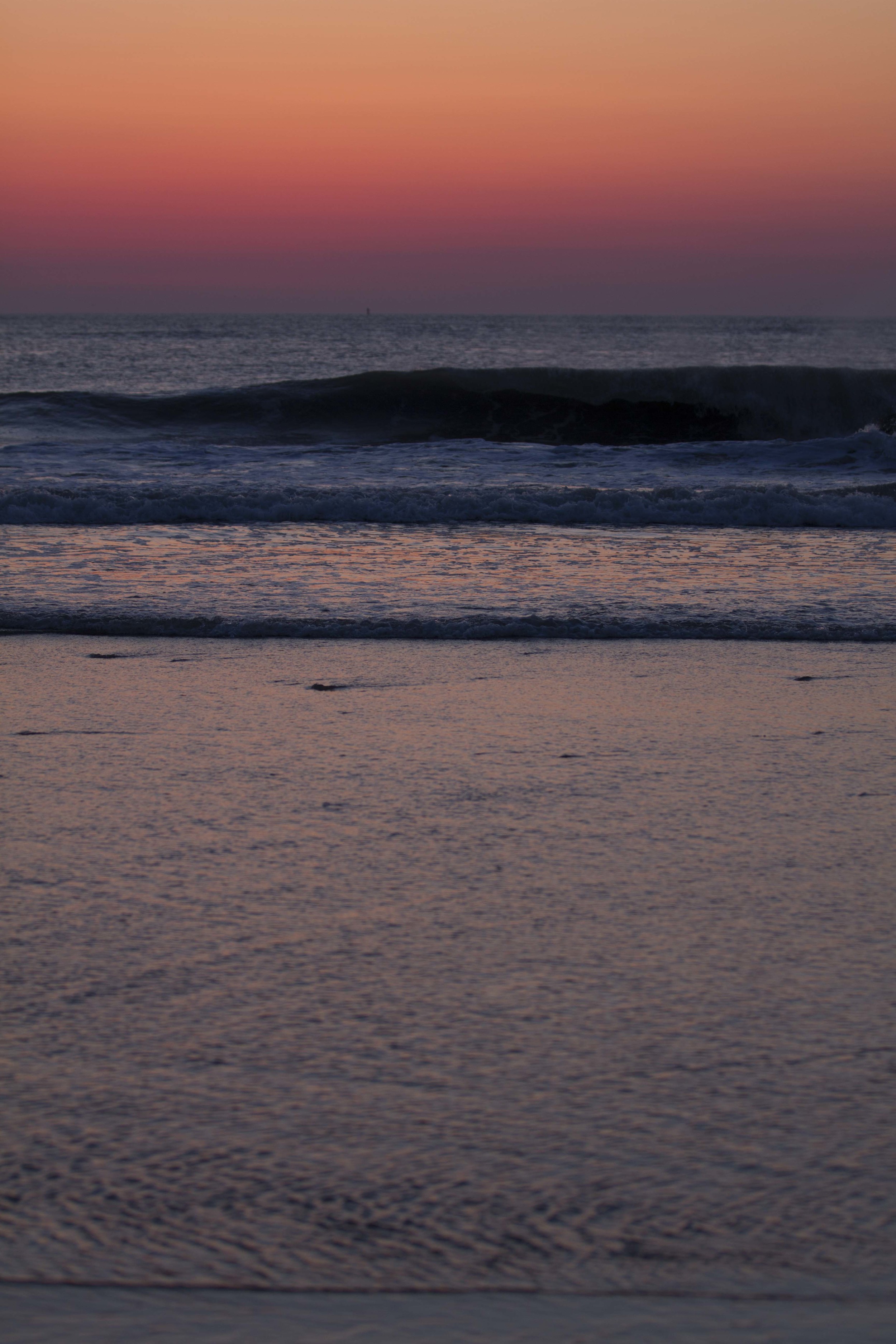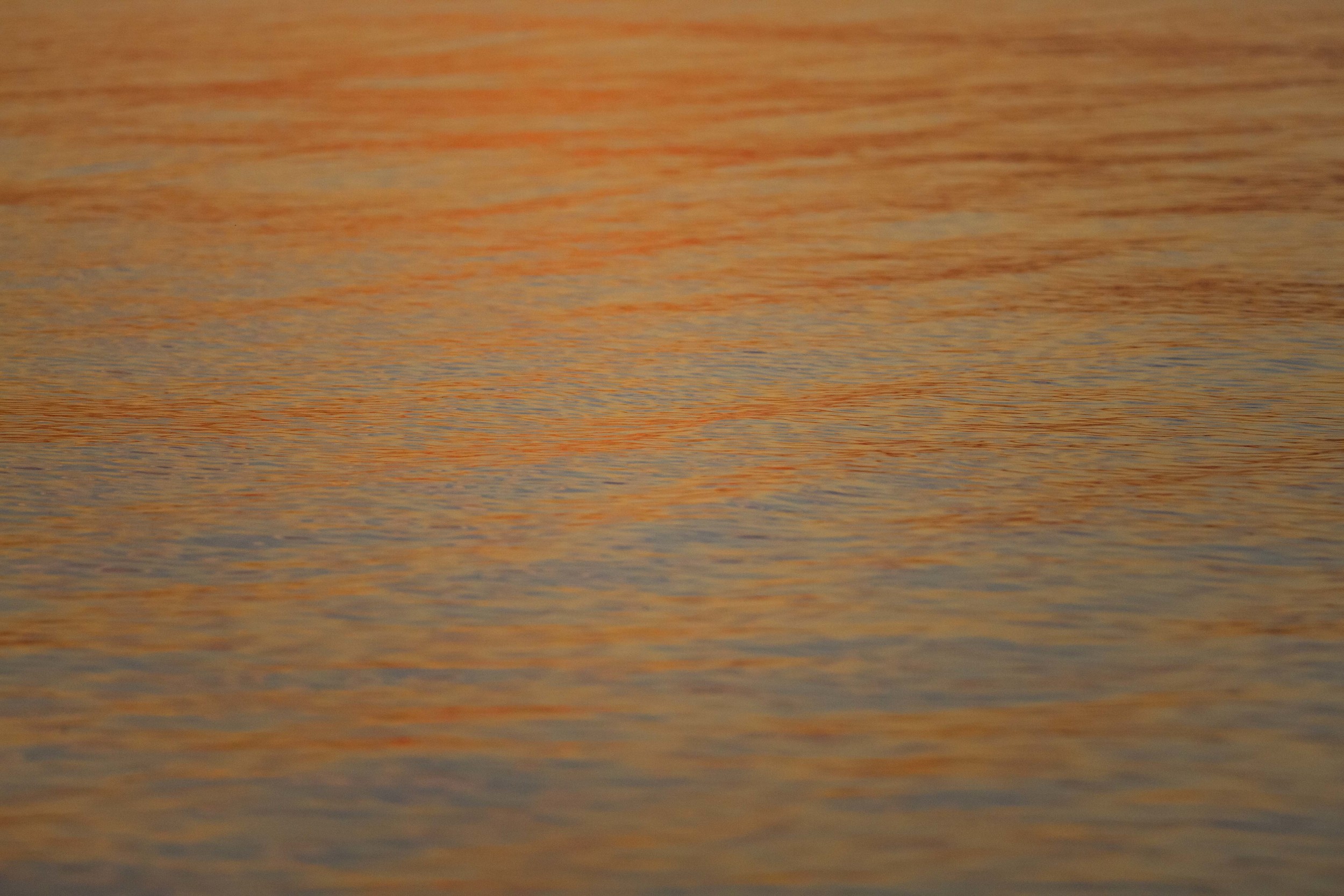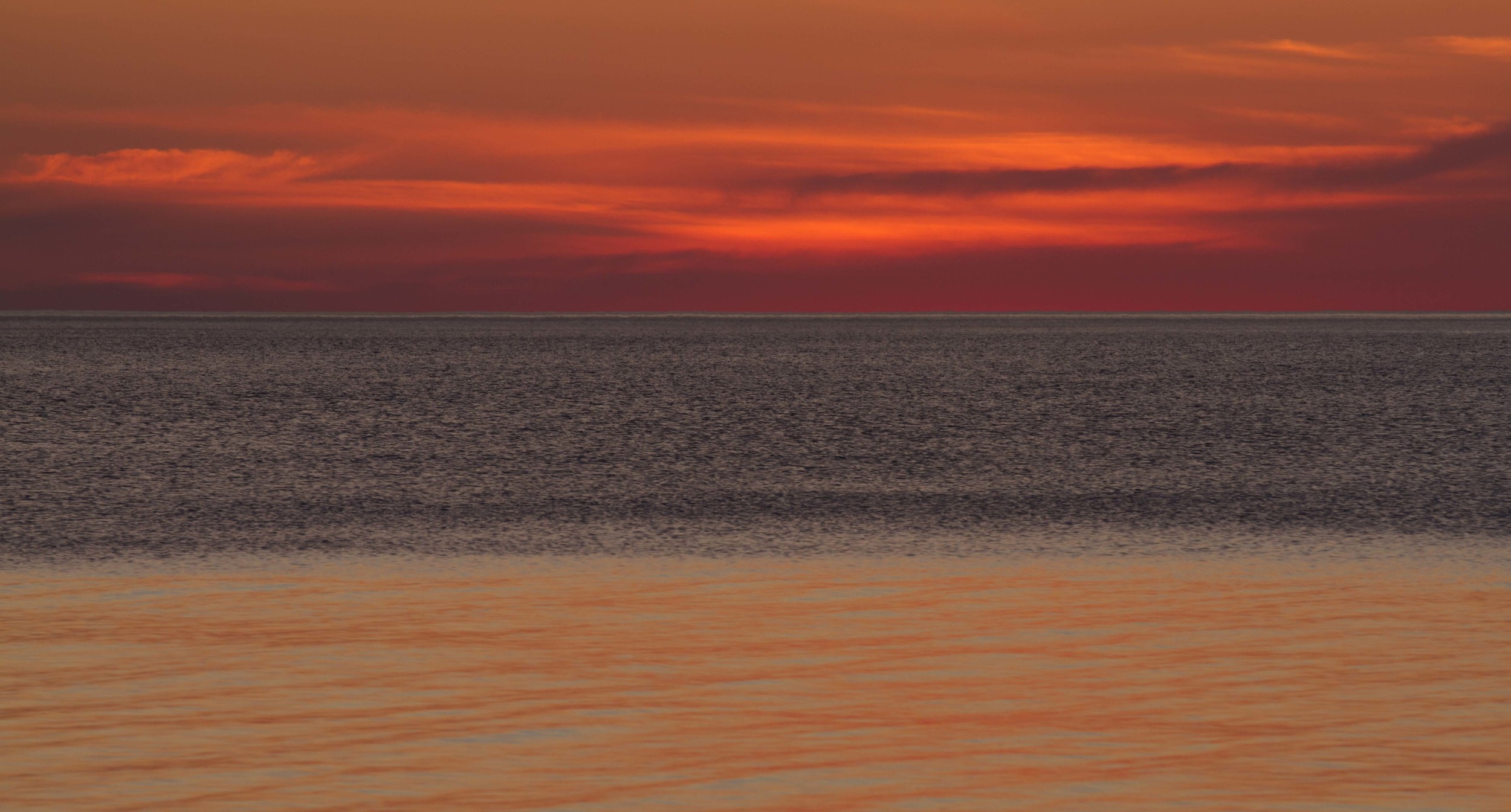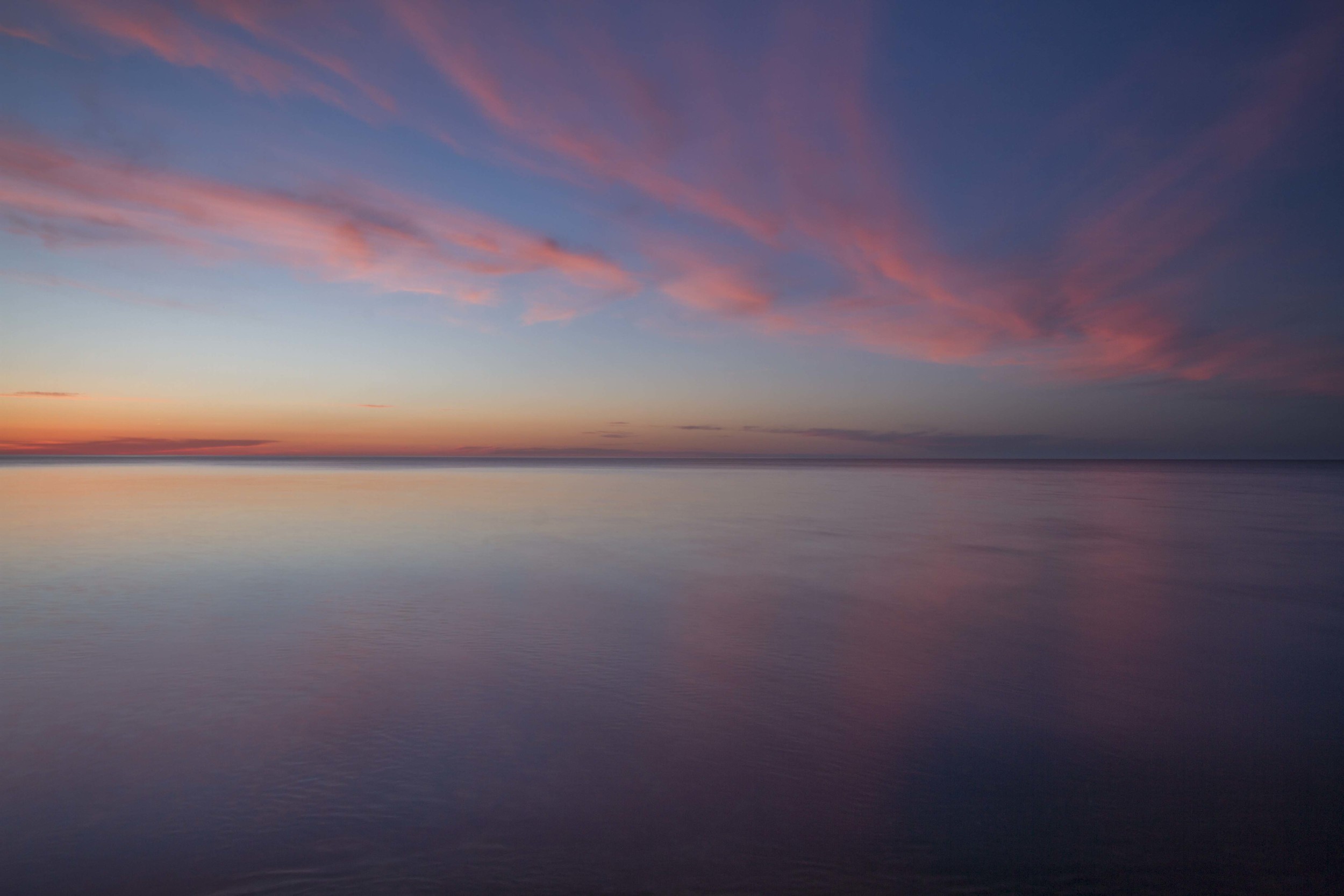When we travel between Southern California and where we live in northeastern California, we often stop at Mono Lake. Recently we stopped there again. The unusual part was this time Boyd spent more time looking at the feathered birds than the metal birds that were dropping water on the nearby Walker Fire just up the hill. Why the feathered birds? Because Mono Lake provides an interesting break for humans as well as birds. On this trip the stars were Wilson's phalarope, Least Sandpiper, and a Sage Thrasher.
Walker Fire
Wilson's phalarope breeds in the intermountain west between the Rockies and the Sierra/Cascades. They fly to the southern parts of South America for the non-breeding season. These little 9 inch birds travel thousands of miles to avoid winter after tanking up at Mono Lake on brine shrimp and brine flies. Interesting phalarope trivia: unlike most birds, the females have brighter plumage than the males and are the more "aggressive" at courtship.
Wilson's phalarope
When trying to avoid winter, Least Sandpipers don't travel quite so far as phalaropes. At only 5 inches long, these little shorebirds are pretty small. But fueled up on brine flies they cover some serious distances. They breed in the sub-arctic areas of North America and travel as far south as the northern areas of South America.
Least Sandpiper
Sage thrashers don't travel nearly as far as their smaller wetland neighbors, they only go to northern Mexico. This probably is related to having to find food in the sagebrush communities they live in. They just haven't learned about the tremendous biomass of brine flies on their doorstep at Mono Lake. Given how fast sagebrush communities are changing (primarily from invasive species from the Asian steppes) maybe the sage thrasher needs to learn from its smaller cousins.
Sage Thrasher
And just for the record, we don't stop at Mono Lake to fuel up on brine flies. They are too salty for us.



